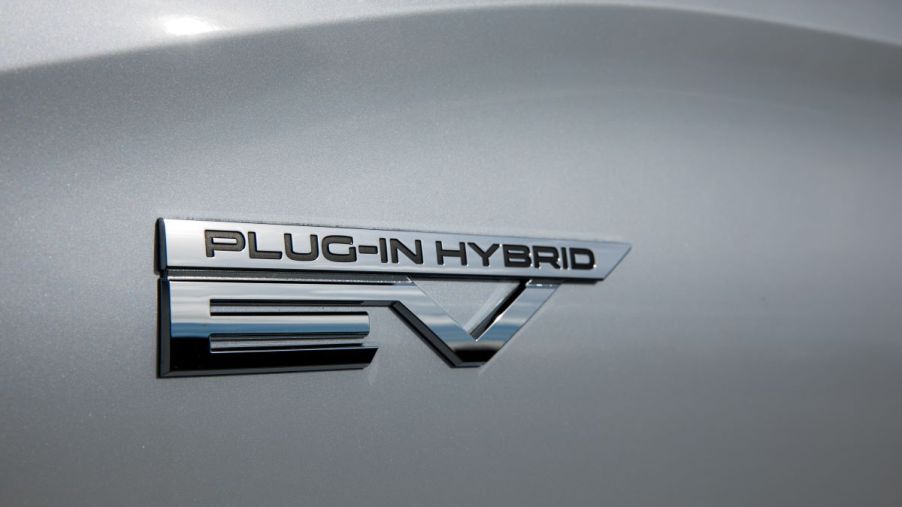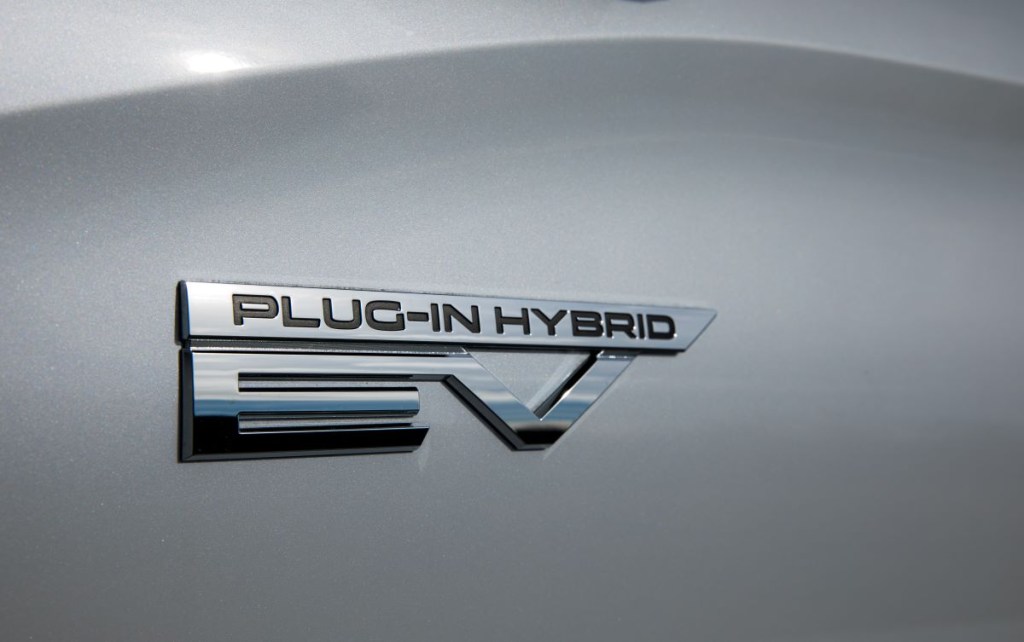
Mitsubishi Looking for Batteries, Still Relying on ICE Through 2035
Most automakers have announced plans to electrify their lineups sometime in the 2030s. Mitsubishi, in tandem with its bigger corporate partners Renault and Nissan, has similar goals. Although the Japanese giant is rolling out updates to drivetrains, there are no plans to ditch internal combustion engine (ICE) vehicles altogether. Instead, the company will focus efforts on battery sourcing.
Mitsubishi’s ‘Challenge 2025’
In March, Mitsubishi unveiled a three-year, mid-term plan in the run-up to industry-wide electrification plans by the middle of the next decade. Dubbed “Challenge 2025,” the move reinforces the company’s environmental commitment toward a carbon-neutral future. According to a Mitsubishi press release, it will also lay the foundation for the manufacturer’s work within the Renault-Nissan-Mitsubishi Alliance and other global alliances” in various global markets.
Quantitatively, Mitsubishi plans to reduce CO2 emissions across the fleet by 40% and operational emissions by 50% by 2030. At the same time, the automaker will increase global EV sales by 50%, with full electrification by 2035.
Mitsubishi lends a different meaning to EVs

While most think EV means a vehicle that doesn’t use fossil fuels, Mitsubishi defines it differently. In the press release, Mitsubishi explains that “‘ EV’ specifically refers to a blend of plug-in hybrids (PHEV), hybrids (HEV) and pure electrics (BEV).”
Nevertheless, it may not be Mitsubishi’s unwillingness to join global competitors with pure electric vehicles but sourcing materials. To combat the relative scarcity worldwide of Rare-earth elements, Mitsubishi is moving forward with “aggressive investment” in research and development, as well as capital expenditures. Over $1.5 billion is coming out of the war chest to achieve 2023 EV sales targets.
Internationally, Mitsubishi plans to stick with an ICE-based strategy for the next five years but will launch nine electrified models. Reportedly, four are BEVs, including an electric pickup truck and a two-row SUV developed in-house by Mitsubishi, Auto Evolution claims. Two other BEVs will be Alliance models, jointly developed by Renault and Nissan.
How Mitsubishi’s EV plan affects the North American market
Mitsubishi has experienced two years of back-to-back retail growth. It was even named the leader of mass-market brands in JD Power’s 2023 Customer Satisfaction Index study. Therefore, momentum is on the company’s side.
The Japanese giant intends to build on its electrified product lineup in the North American market over the next few years. Corporate partner Nissan has been in the EV for well over a decade with its popular LEAF EV. The third auto alliance member, Renault, currently sells the ZOE EV in Europe, so the product could be adapted to the North American market.
Unfortunately, Mitsubishi has tried this before. The rollout of the all-electric i-MiEV five-door hatchback in 2011 was set to create a foothold alongside the LEAF. But it suffered from severe unpopularity. Since Mitsubishi is already out of the American sedan market, the manufacturer will likely lean on its SUV and crossover offerings to boost electrified sales.


